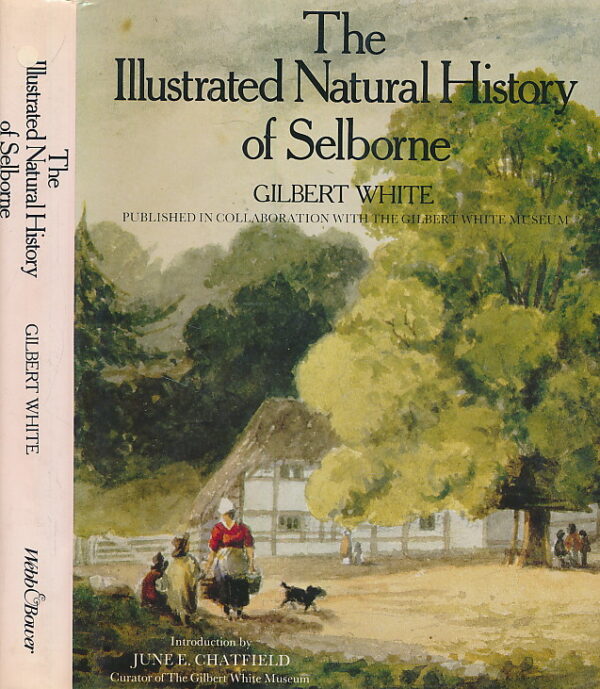The Illustrated Natural History of Selborne
€6,00
Na zalihi
| Težina | 1132 g |
|---|---|
| Format | 20 × 26 cm |
| Autor | |
| Izdavač | |
| Mjesto izdanja | Exeter UK |
| Godina | 1984 |
| Broj stranica | 256 |
| Uvez | Tvrdi |
| Stanje knjige | Vrlo dobro |
When Georg Forster boarded Captain Cook’s circumnavigation ship in 1772, Gilbert White had already been working on his own natural history observations for over two decades, far from any academies. He kept a diary of the wind and weather conditions, particularly in his birthplace of Selborne in Hampshire in southern England, where he looked after the surrounding parishes as a chaplain. He followed the seasons and made precise notes on Selborne’s flora and especially the animal world. As his pile of notes grew, so did his collection of specimens preserved in brandy, which made the diversity of the local fauna clear to his visitors. In the tradition of the English pastor-natural historians who filled the zoological and botanical nomenclatures of Carl von Linné, Gilbert White set out to explore the areas of land that he could access by hiking: pastureland, chalk formations, heaths, arable and cultivated soils, ponds, lakes and rivers, swamps and dry areas. His field research in the immediate vicinity revealed astonishing things: he is considered the discoverer of the harvest mouse as a separate species, was the first to distinguish the chiffchaff, the willow warbler and the wood warbler as three different bird species based on their song and noted that owls hoot in B major. He followed the fate of local species with sympathy: whether crows, cuckoos or nightjars, crickets, house crickets – or even his aunt’s turtle. When a mighty oak tree is felled, he describes the plight of a family of ravens that had called this very tree their home for generations; While the saw is still doing its work, the raven mother is sitting in the freshly tended nest… The amateur zoologist White spent almost 40 years composing his book from correspondence with naturalists who were well-known far beyond England at the time. It was not published until 1789, a few years before his death. Unlike his long-forgotten colleagues, Reverend White found a linguistic form that made his natural history of Selborne a timeless classic of English literature. After hundreds of editions in Great Britain and overseas, it brought his home village of Selborne some fame and notoriety – today the Gilbert White House with its adjoining natural history museum is a destination for tourists from all over the world.
